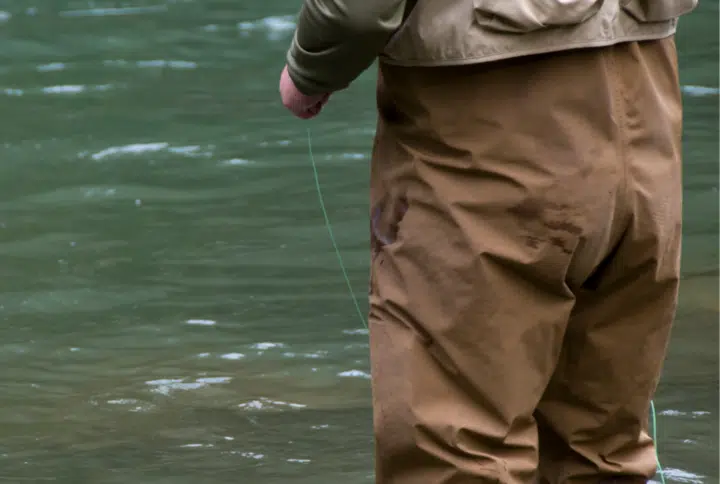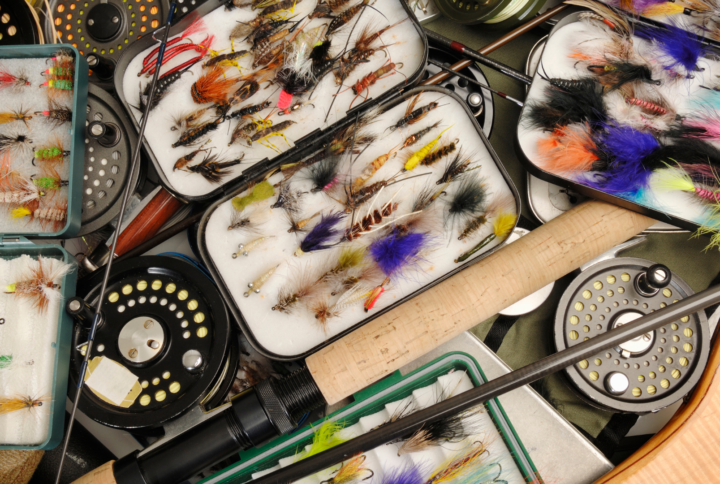Duck River - Shellbyville - Tennessee
Fly Fishing River Report & Conditions
Duck River – Shellbyville - Water Flow Chart
Duck River – Shellbyville - Weather report & radar
Duck River – Shellbyville - General hatch chart
| Month | Hatch | Time of Day | Recommended Fly Sizes | Popular Fly Patterns |
|---|---|---|---|---|
| January | Nymphs | Morning to Mid-Afternoon | 6-16 | Hare’s Ear Nymph and Pheasant Tail Nymph |
| February | Nymphs & Midges | Mid-Afternoon | 18-26 | Black Zebra Midge and Copper John |
| March | Mayflies & Caddisflies | Morning & Evening | 12-18 | Blue Wing Olive and Elk Hair Caddis |
| April | Mayflies, Caddisflies & Stoneflies | Morning & Evening | 8-16 | Quill Gordon and Yellow Sally |
| May | Stoneflies, Mayflies & Terrestrial insects | Afternoon & Evening | 6-16 | Yellow Sally and Stimulator |
| June | Sulphurs, Caddisflies & Terrestrial insects | Mid-Afternoon & Evening | 8-16 | Sulphur Nymph and Ant |
| July | Terrestrial insects | Mid-Afternoon & Evening | 10-20 | Ant and Hopper |
| August | Terrestrial insects & Midges | Mid-Afternoon & Evening | 10-26 | Beetle and Midge Larva |
| September | Mayflies, Caddisflies & Terrestrial insects | Mid-Afternoon & Evening | 8-22 | White Wulff and Beetle |
| October | Nymphs & Midges | Mid-Afternoon & Evening | 8-20 | Pheasant Tail Nymph and Griffith’s Gnat |
| November | Nymphs & Midges | Afternoon | 18-22 | Black Zebra Midge and Copper John |
| December | Nymphs | Morning to Mid-Afternoon | 6-16 | Hare’s Ear Nymph and Pheasant Tail Nymph |
Duck River – Shellbyville Access Points
The Duck River in Shelbyville is a hidden gem, offering bountiful opportunities for fly fishing. Here are the top access points for the best catch:
- Shelbyville Dam: Easy access with diverse species.
- Milltown Dam: A local hotspot with excellent catches in season.
- Henry Horton State Park: Offers multiple access points along the river.
- Dement Bridge: Located near Normandy, popular for brown trout.
- Sycamore Shoals: A favorite among locals for its beauty and fish availability.
Depending on the season, you will be able to catch a variety of species including bass, catfish, trout and sunfish. Before casting your line, ensure you have the appropriate license and abide by the state’s fishing regulations for a smooth and enjoyable experience.
Duck River – Shellbyville Fishing Spots
The Duck River in Shelbyville houses some of the most coveted spots for avid fly fishermen. This rich water body is primarily recognized for its healthy population of Smallmouth Bass and Tennessee Musky.
- Normandy Dam: Positioned downstream, this location provides a perfect habitat for fly fishing due to its cool waters.
- Milan Park: With its calm, clear waters, this spot is perfect for spotting and catching a variety of fish.
- Fisherman’s Park: This spot offers ample room for casting along with easy access to the river, rendering it ideal for beginners.
- East Fork Recreation Area: Known for its abundant fish life, dense vegetation and natural beauty, East Fork is suitable for more experienced fly fishermen.
- Cortner Mill: Cortner Mill is particularly popular amongst fly fishermen for its large Smallmouth Bass offerings and picturesque views.
Duck River – Shellbyville Local Fish Species
- Smallmouth Bass: The Smallmouth Bass is a local favorite among Duck River fly fishers due to its fighting spirit and taste.
- Largemouth Bass: Known for their size and strength, Largemouth Bass are a thrilling catch on the Duck River.
- Bluegill: These are easy to catch and a great fish for beginner fly fishers to target.
- Redeye Bass: Though smaller in size, Redeye Bass are aggressive feeders, making for an exciting catch.
- Rock Bass: With their dark, mottled pattern, Rock Bass are impressively camouflaged within the river’s rocky areas.
- Spotted Bass: Similar to Smallmouth Bass, the Spotted Bass is a fantastic game fish that puts on a great fight.
- Channel Catfish: Although not a conventional choice for fly fishing, Channel Catfish can be quite a challenge when fly fishing.
- Walleye: Known for their elusive nature, Walleye are a prized catch among local Duck River fly fishers.
About the Duck River – Shellbyville
The Duck River- Shellbyville, located in Middle Tennessee, possesses an incredible historical significance. Flowing for about 284 miles, it’s known as the longest river located entirely within the boundary of Tennessee.
Highlighting some of its history, in the early 19th century, this river and its fertile lands attracted settlers, particularly cotton planters. Few relics from this plantation era, including the Old Stone Fort, are still impressive sights today.
The river also served as a thoroughfare for flatboats, facilitating commerce and transport.
- The Duck River is home to more than 50 species of mussels and over 150 species of fish, some of which are endangered.
- The grade II-IV rapids on the Duck river offer some of Tennessee’s best kayaking experiences.
- Its bottomland hardwood forests are also important wintering areas for migratory waterfowl, further enhancing the river’s ecological importance.
Today, the river remains an invaluable resource and a veritable treasure-trove of history, biodiversity, and recreational possibilities.
Community Contributions
Be part of the fishing community!
No updates submitted for this river.



